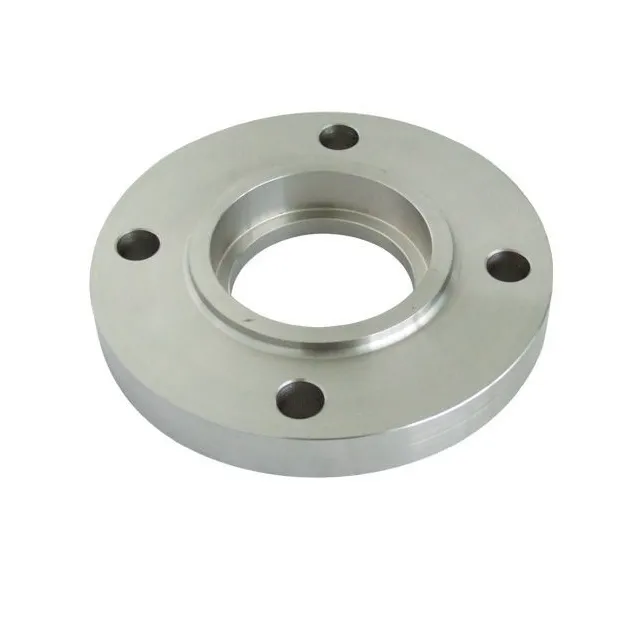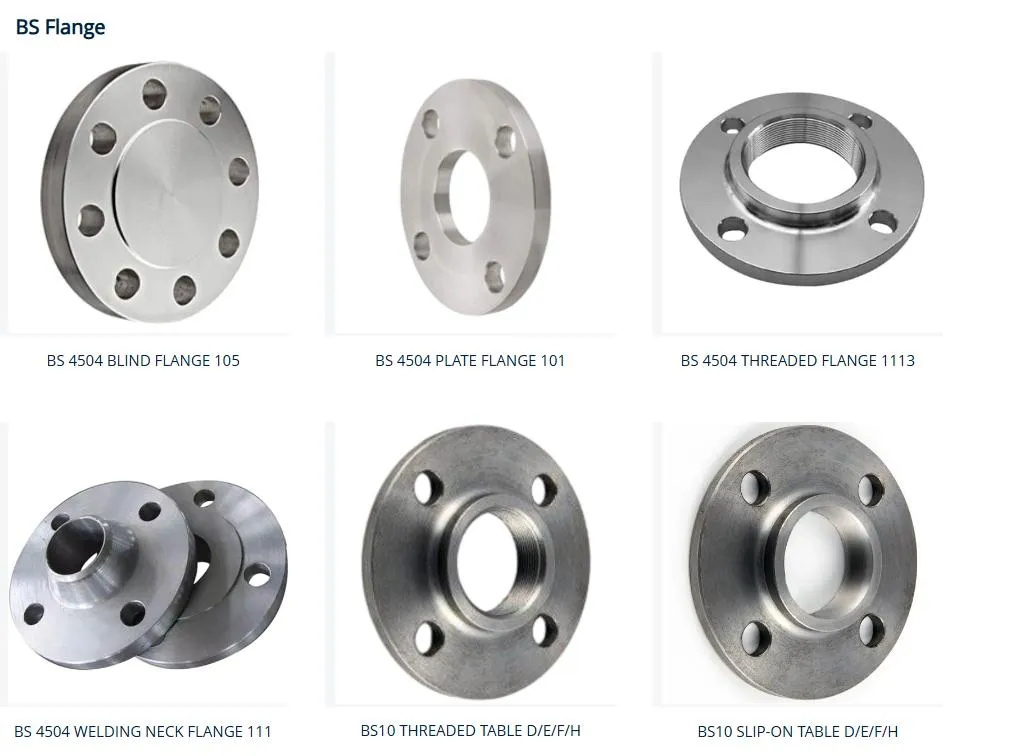-
Cangzhou Yulong Steel Co., Ltd.
-
Phone:
+86 13303177267 -
Email:
admin@ylsteelfittings.com
- English
- Arabic
- Italian
- Spanish
- Portuguese
- German
- kazakh
- Persian
- Greek
- French
- Russian
- Polish
- Thai
- Indonesian
- Vietnamese
- Zulu
- Korean
- Uzbek
- Hindi
- Serbian
- Malay
- Ukrainian
- Gujarati
- Haitian Creole
- hausa
- hawaiian
- Hebrew
- Miao
- Hungarian
- Icelandic
- igbo
- irish
- Japanese
- Javanese
- Kannada
- Khmer
- Rwandese
- Afrikaans
- Albanian
- Amharic
- Armenian
- Azerbaijani
- Basque
- Belarusian
- Bengali
- Bosnian
- Bulgarian
- Catalan
- Cebuano
- China
- China (Taiwan)
- Corsican
- Croatian
- Czech
- Danish
- Esperanto
- Estonian
- Finnish
- Frisian
- Galician
- Georgian
- Kurdish
- Kyrgyz
- Lao
- Latin
- Latvian
- Lithuanian
- Luxembourgish
- Macedonian
- Malgashi
- Malayalam
- Maltese
- Maori
- Marathi
- Mongolian
- Myanmar
- Nepali
- Norwegian
- Norwegian
- Occitan
- Pashto
- Dutch
- Punjabi
- Romanian
- Samoan
- Scottish Gaelic
- Sesotho
- Shona
- Sindhi
- Sinhala
- Slovak
- Slovenian
- Somali
- Sundanese
- Swahili
- Swedish
- Tagalog
- Tajik
- Tamil
- Tatar
- Telugu
- Turkish
- Turkmen
- Urdu
- Uighur
- Welsh
- Bantu
- Yiddish
- Yoruba

Jan . 26, 2025 02:32 Back to list
API 5L Seamless Pipe
Embracing innovation and precision, the seamless pipe industry stands at the intersection of tradition and modernity. These pipes, known for their robustness and reliability, play a crucial role in countless applications across multiple sectors, including oil and gas, construction, and automotive industries. Their production, defined by well-established standards, ensures consistency and adherence to high performance under challenging conditions.
Understanding these standards is vital for manufacturers and consumers alike, as they influence not only product selection but also compliance with worldwide regulatory requirements. Careful adherence ensures seamless pipes not only perform optimally but also align with safety and sustainability goals in their respective applications. Despite being guided by rigorous standards, the seamless pipe industry continues to evolve. Technological advancements have led to improvements in manufacturing processes, resulting in lighter, yet stronger products. Innovations such as the development of new steel alloys allow seamless pipes to operate under even more extreme conditions, opening new realms of possibilities and applications. As sectors demand higher performance and greater precision, these technological advancements expand the scope and application of seamless pipes significantly. This ongoing evolution ensures continuous improvement, adaptability to industry needs, and adherence to the highest quality standards. The seamless pipe industry's commitment to innovation and quality is foundational to its success. As specifications evolve and adapt to meet new challenges, seamless pipes remain a testament to engineering excellence. Whether transporting crucial resources across continents or forming the skeletal framework of modern infrastructure, seamless pipes symbolize a blend of traditional craftsmanship and forward-thinking innovation, fundamental to the demands of modern industries. This exploration of seamless pipe standards and the emerging innovations highlights their importance in meeting the needs of contemporary engineering and industrial projects. For anyone engaged in sectors dependent on reliable pipeline systems, staying informed about these standards and industry advancements is essential to maintaining a competitive edge.


Understanding these standards is vital for manufacturers and consumers alike, as they influence not only product selection but also compliance with worldwide regulatory requirements. Careful adherence ensures seamless pipes not only perform optimally but also align with safety and sustainability goals in their respective applications. Despite being guided by rigorous standards, the seamless pipe industry continues to evolve. Technological advancements have led to improvements in manufacturing processes, resulting in lighter, yet stronger products. Innovations such as the development of new steel alloys allow seamless pipes to operate under even more extreme conditions, opening new realms of possibilities and applications. As sectors demand higher performance and greater precision, these technological advancements expand the scope and application of seamless pipes significantly. This ongoing evolution ensures continuous improvement, adaptability to industry needs, and adherence to the highest quality standards. The seamless pipe industry's commitment to innovation and quality is foundational to its success. As specifications evolve and adapt to meet new challenges, seamless pipes remain a testament to engineering excellence. Whether transporting crucial resources across continents or forming the skeletal framework of modern infrastructure, seamless pipes symbolize a blend of traditional craftsmanship and forward-thinking innovation, fundamental to the demands of modern industries. This exploration of seamless pipe standards and the emerging innovations highlights their importance in meeting the needs of contemporary engineering and industrial projects. For anyone engaged in sectors dependent on reliable pipeline systems, staying informed about these standards and industry advancements is essential to maintaining a competitive edge.
Next:
Latest news
-
ANSI 150P SS304 SO FLANGE
NewsFeb.14,2025
-
ASTM A333GR6 STEEL PIPE
NewsJan.20,2025
-
ANSI B16.5 WELDING NECK FLANGE
NewsJan.15,2026
-
ANSI B16.5 SLIP-ON FLANGE
NewsApr.19,2024
-
SABS 1123 FLANGE
NewsJan.15,2025
-
DIN86044 PLATE FLANGE
NewsApr.19,2024
-
DIN2527 BLIND FLANGE
NewsApr.12,2024
-
JIS B2311 Butt-Welding Fittings LR/SR 45°/90° /180°Seamless/Weld
NewsApr.23,2024











